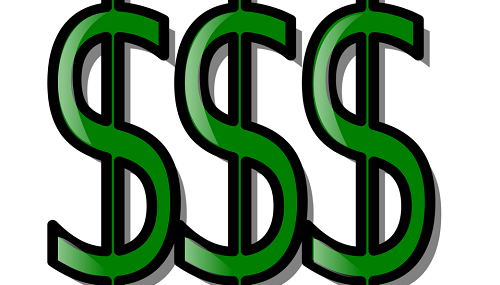
By Roger J Kerr

The NZD/USD exchange rate sits on the brink of moving below the 0.7000 big figure which is a key 200-day moving average chart point.
The NZD/USD rate has not traded below 0.7000 since early June.
The general strength of the resurging US dollar against all global currencies since the stunning Trump election victory on 8 November has driven the Kiwi lower.
However, the NZ dollar remains elevated against the Australian dollar at 0.9550 with both currencies depreciating 5% against the USD over the last two weeks.
On a TWI Index basis the overall value of the NZ has come off just 2% from 79.0 to 77.3.
How far the NZ dollar can move below 0.7000 over coming weeks/months will depend on whether the US dollar has further gains against the major currencies and whether the RBNZ believe the 2% TWI reduction over recent times is sufficient for them to achieve their 2% inflation target in 2017.
Unwinding of long NZD/short AUD FX market speculative positions from the 0.9550 NZD/AUD cross-rate could also be a factor in pushing the NZD/USD rate lower.
- The rapid 6% strengthening of the US dollar from $1.1300 against the Euro on the day of the Presidential Election to $1.0580 currently has come about for a number of reasons:-
- A sudden realisation by the financial and investment markets that the election of Donald Trump as the US President meant that a Republican President, Senate and House of Representatives would mean that the pledge to upgrade the nation’s infrastructure assets (roads, bridges, schools etc) would happen, which in turn would increase US inflation and interest rates.
- US corporation and investors who were holding cash reserve offshore for US taxation reasons would return funds home as one of the Trump economic policy planks was to provide some tax amnesty measures.
- An expectation that US fund managers and investors would pull funds out of emerging market currencies and bring funds home as the anti-free trade Trump policies were viewed as negative for emerging market economies.
- Upcoming political elections across Europe may see similar anti-establishment/right leaning politicians gain power to what has occurred this year with the Brexit and the surprise Trump win in the US. Political risk in Europe as increased as far as the currency markets are concerned as this is seen as negative for the Euro’s value.
Looking ahead, the question is whether the latest US dollar gains to $1.0580 against the Euro are as far as the US dollar will go on the recent political and economic events in the US?
Or will an increase in US interest rates by the Federal Reserve on 14 December propel the US dollar to even stronger levels?
The FX and interest rate markets have already priced-in a December rate hike by the Fed, the real question is how many interest rate increases will there be in 2017?
The view of this column is that the EUR/USD rate will now stabilise in the $1.0500 to $1.0000 region, so still a further small amount of US dollar gains from current levels. Therefore, another 4% to 5% gain by the US dollar would see the NZD/USD rate lower to the 0.6700/0.6800 level.
If the US dollar does stabilise against the Euro in the $1.0500 to $1.0000 area, it will be New Zealand specific reasons that will influence the NZD/USD exchange rate after it reaches the 0.6800 point.
A NZ economy that is growing at 4%, potentially the ending of interest rate cuts from the RBNZ and the spectacular recovery in dairy prices does not suggest that the NZ dollar will be weakening below 0.6800 from its own drivers. Indeed, the opposite movement of NZ gains back above 0.7000 and potentially higher appear more likely as next year progresses.
In the medium to longer term, there is a potential negative developing for the NZ economy and thus the NZ dollar exchange rate.
The anti-globalisation and anti-free trade trends in the UK and US this year are not good news for us in New Zealand.
The economy has really benefitted from the increased export market access that bi-lateral free trade agreements have delivered over the last two decades. Should new trade restrictions and tariffs make life a lot tougher for our export industries, the NZ economy will be adversely affected.
Let’s hope that our Government trade negotiators can make progress on bi-lateral trade opportunities with the likes of India and Russia and resurrect the doomed TPPA in some form.
Daily exchange rates
Select chart tabs
Roger J Kerr contracts to PwC in the treasury advisory area. He specialises in fixed interest securities and is a commentator on economics and markets. More commentary and useful information on fixed interest investing can be found at rogeradvice.com

We welcome your comments below. If you are not already registered, please register to comment
Remember we welcome robust, respectful and insightful debate. We don't welcome abusive or defamatory comments and will de-register those repeatedly making such comments. Our current comment policy is here.